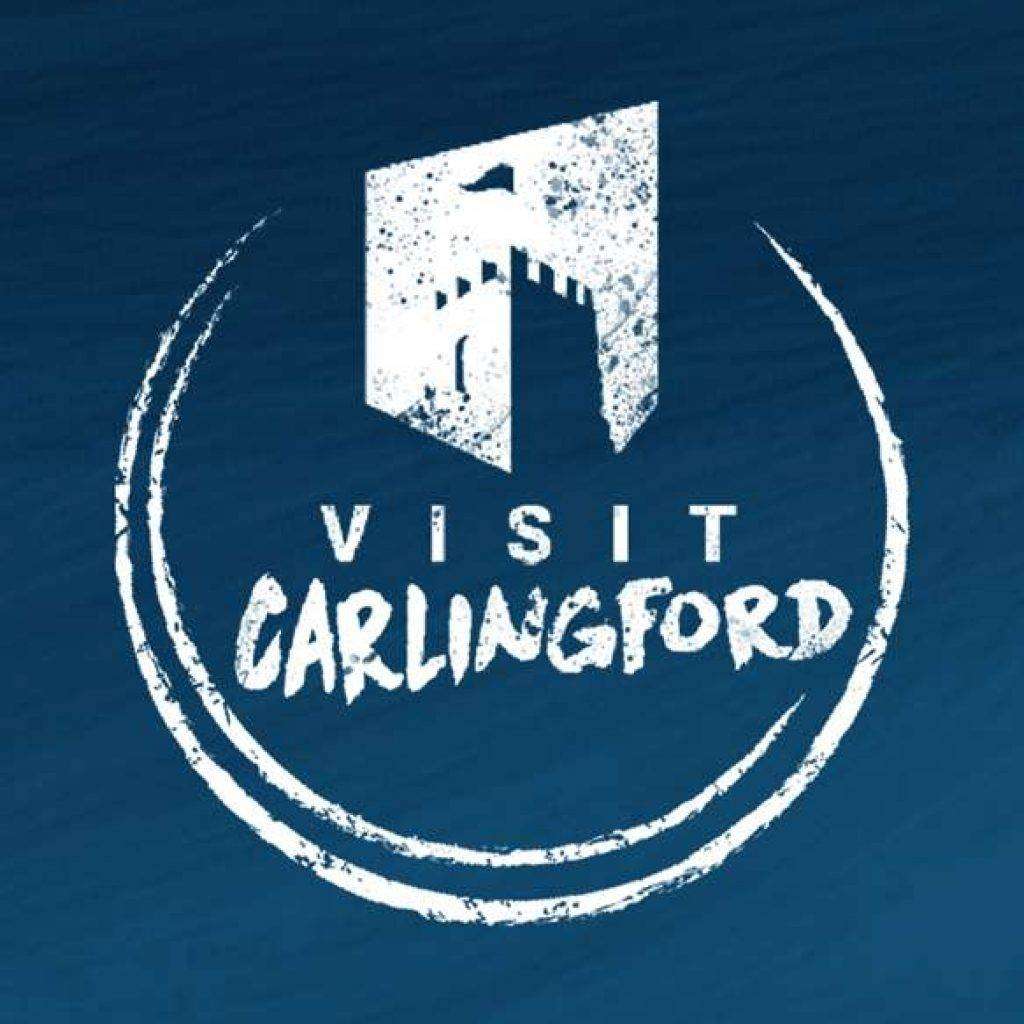Though Bertram had already founded a borough at Dundalk c.1186-88, there is no documentary evidence that the new colonists had gained any physical hold in the eastern pan of the Cooley Peninsula before Bertram’s death in 1192.
From subsequent events, it is clear that the construction of King John’s Castle at Carlingford dates sometime between Hugh deLacy’s acquisition of the eastern part of the peninsula in 1195, and the arrival of King John himself, at Carlingford, in 1270.
The naming of this castle has also been a subject of debate amongst scholars. According to the local tradition of Carlingford, it is named after the king (the one Robin Hood didn’t like) who commissioned its construction although no evidence of this is recorded in the sources.
The historical records show that in 1210, King John visited Carlingford and stayed at the castle. The Calendar of Documents relating to Ireland gives evidence that King John made repairs to Carlingford in 1210. The record states that on 3August 1210 the king had paid a quarryman, ditcher and carpenter for work carried out at Carlingford. According to Lawlor, the king spent two days at the castle and by this time only the western portion of the present castle had been built. The king’s visit was in order to seize the castle from de Lacy who had rebelled against him, therefore it is probable that it was at this time that the castle received its name as King John occupied and repaired the castle.




